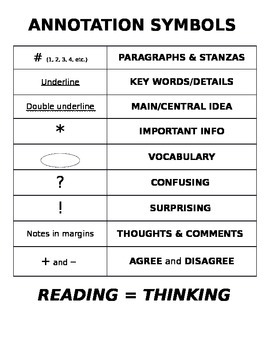

It is used instead of using: = RequestMethod.DELETE) It is used to create a web service endpoint that deletes a resource. It maps the HTTP DELETE requests on the specific handler method.It is used to create a web service endpoint that creates or updates It is used instead of using: = RequestMethod.PUT) It maps the HTTP PUT requests on the specific handler method.It is used to create a web service endpoint that creates It is used instead of using: = RequestMethod.POST) It maps the HTTP POST requests on the specific handler method.It is used to create a web service endpoint that fetches It is used instead of using: = RequestMethod.GET) It maps the HTTP GET requests on the specific handler method.Annotations containing Gene Disease relationships (i.e."isPartOf": "Abstract" # section of the article where the annotation appears "value": "In this work, we show that the yeast homolog of ELAC2, encoded by TRZ1 (tRNase Z 1), is involved genetically in RNA processing.", # text of the annotation inside the article "target": "", # uri of the tagged database entity "creator": "HES-SO / SIB Text Mining for Elixir", # provider provided by HES-SO / SIB Text Mining for Elixir, NaCTeM, "", # context file "suffix": " concentration of some brands of ferment" # suffix of the annotation inside the article "prefix": "", # prefix of the annotation inside the article "exact": "Fluoride", # text of the annotation inside the article "isPartOf": "Title", # section of the article where the annotation appears "body": "", # uri of the tagged database entity

For the the purpose of Annotation API, the context file can be found here.Īccording to the type of annotations there are different types of JSON-LD representations: The context allows applications to interpret the data being exchanged (using a set of URIs linking to various terms in specified vocabularies and ontologies). To represent annotations as JSON-LD a context must be provided (represented by the keyword in JSON-LD). For more details on the OA model, refer to the following links: OA definition and OA vocabulary. The annotations are modelled in the Web Annotations Data Model (OA). JSON-LD (JSON for Linking Data) is a variant of JSON that enables linking data from different resources.įor more details on JSON-LD refer to the following links: JSON-LD definition and JSON-LD syntax. This paragraph describes details on providing annotations data as JSON-LD. If you are a text-mining group and can supply annotations in the format we require read here Sample-Material, Body-Site, Host, State, Site, Place, Date, Engineered, Ecoregion, Treatment, Kit, Primer, Gene, LS, LCM, Sequencing Transcription factor - Target gene relationshipsīiological event (Phosphosrylation events)Ĭells, Cell Lines, Clinical Drugs, Sequences, Molecular Processes, Organ TissuesĬells, Phenotypes, Molecules, Anatomy, Pathways Gene Functional annotations, COVoc accession numbers Named Entities (Accessions, Genes/Proteins, Chemicals, Organisms, Diseases, Gene Ontology, Resources, Experimental Methods) The table below lists the types of annotations and the corresponding providers. The Annotations platform hosts annotations from various providers, covering different annotation types (e.g.


 0 kommentar(er)
0 kommentar(er)
